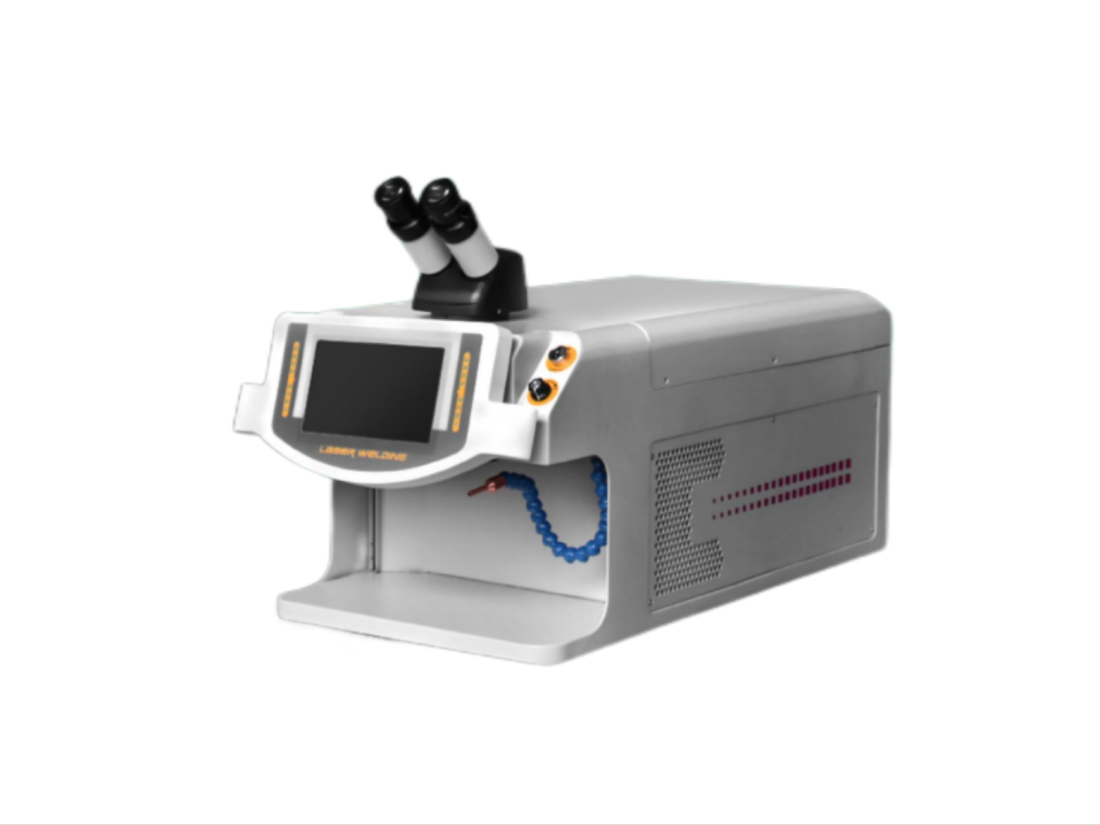- No.609, Centre Of Huijin Nanxiang, Yinxiang Road, Nanxiang Town, Jiading District, Shanghai, China
- sherry@sanmachines.com
- +86-18616767021
Advantages of QCW Lasers Over Fiber Lasers and Future Development Trends!
QCW lasers excel in high-precision, low-thermal-impact scenarios and are evolving toward broader industrial integration, supported by advancements in efficiency and application-specific innovations.
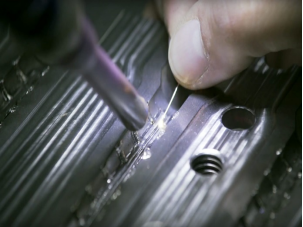
Advantages of QCW Lasers:
Higher Peak Power: QCW (Quasi-Continuous Wave) lasers achieve peak power up to 10 times higher than continuous-wave (CW) fiber lasers by operating in pulsed mode with low duty cycles. This enables efficient processing of high-reflectivity materials (e.g., copper, gold) and precision applications requiring intense energy bursts.
Cost Efficiency: By utilizing low-duty-cycle operation, QCW lasers reduce power consumption and thermal load on components, significantly lowering production and operational costs compared to CW lasers delivering equivalent peak power.
Flexibility in Operation: QCW lasers can switch between pulsed and continuous modes, offering adaptability for diverse applications. In continuous mode, they maintain 30% higher average power than standard CW lasers, balancing versatility with performance.
Reduced Thermal Impact: The intermittent pulse delivery minimizes heat accumulation, making QCW lasers ideal for processing thin materials, heat-sensitive components (e.g., semiconductors), and applications demanding minimal thermal distortion or micro-crack formation.
Future Development Directions:
Technological Optimization: Advancements will focus on enhancing beam quality, power stability, and energy conversion efficiency. Innovations in diode pumping and fiber design aim to further amplify peak power while maintaining compact and reliable systems.
Application Expansion: QCW lasers are poised to penetrate emerging sectors such as photovoltaic manufacturing (e.g., solar cell doping), electric vehicle battery welding, and medical device processing, driven by their precision and thermal management advantages.
Market Growth: With a projected compound annual growth rate (CAGR) of **% from 2024 to 2030, QCW lasers will see increased adoption in industrial automation, particularly in Asia-Pacific markets, where demand for high-performance, cost-effective solutions is rising.
Integration with Smart Manufacturing: Future systems will emphasize compatibility with AI-driven automation and real-time monitoring, enabling adaptive control for complex manufacturing processes.
Related product links


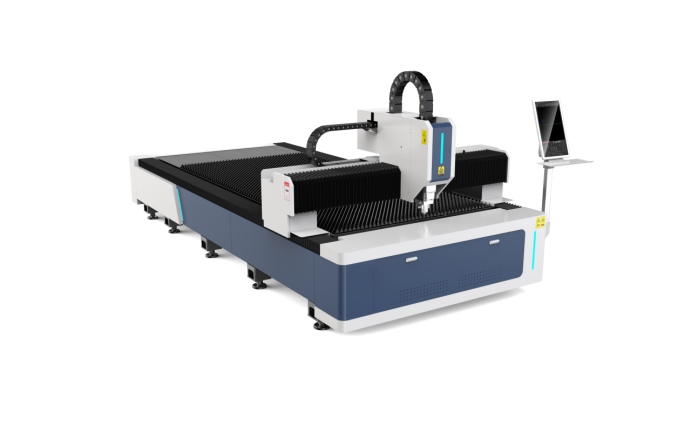
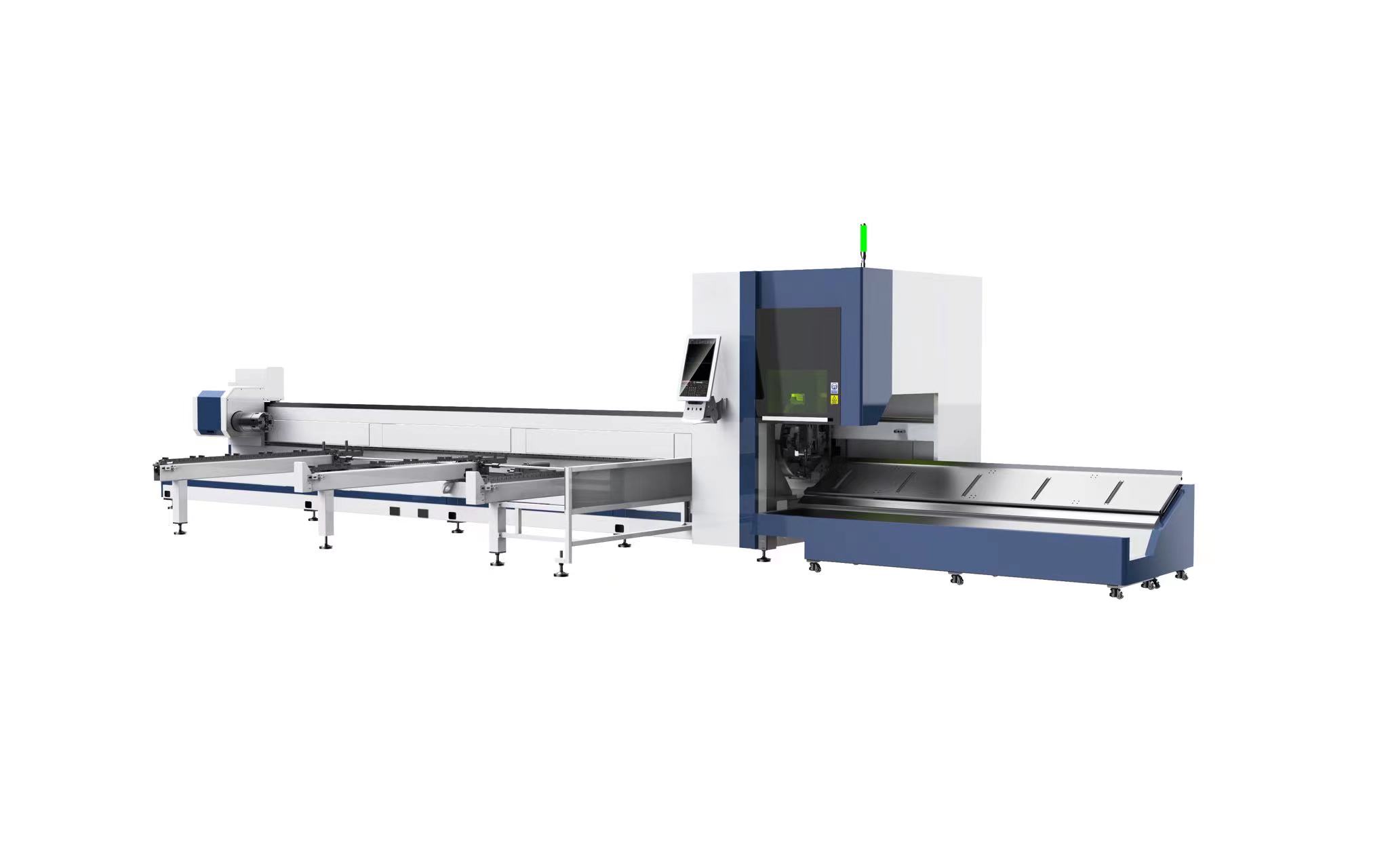
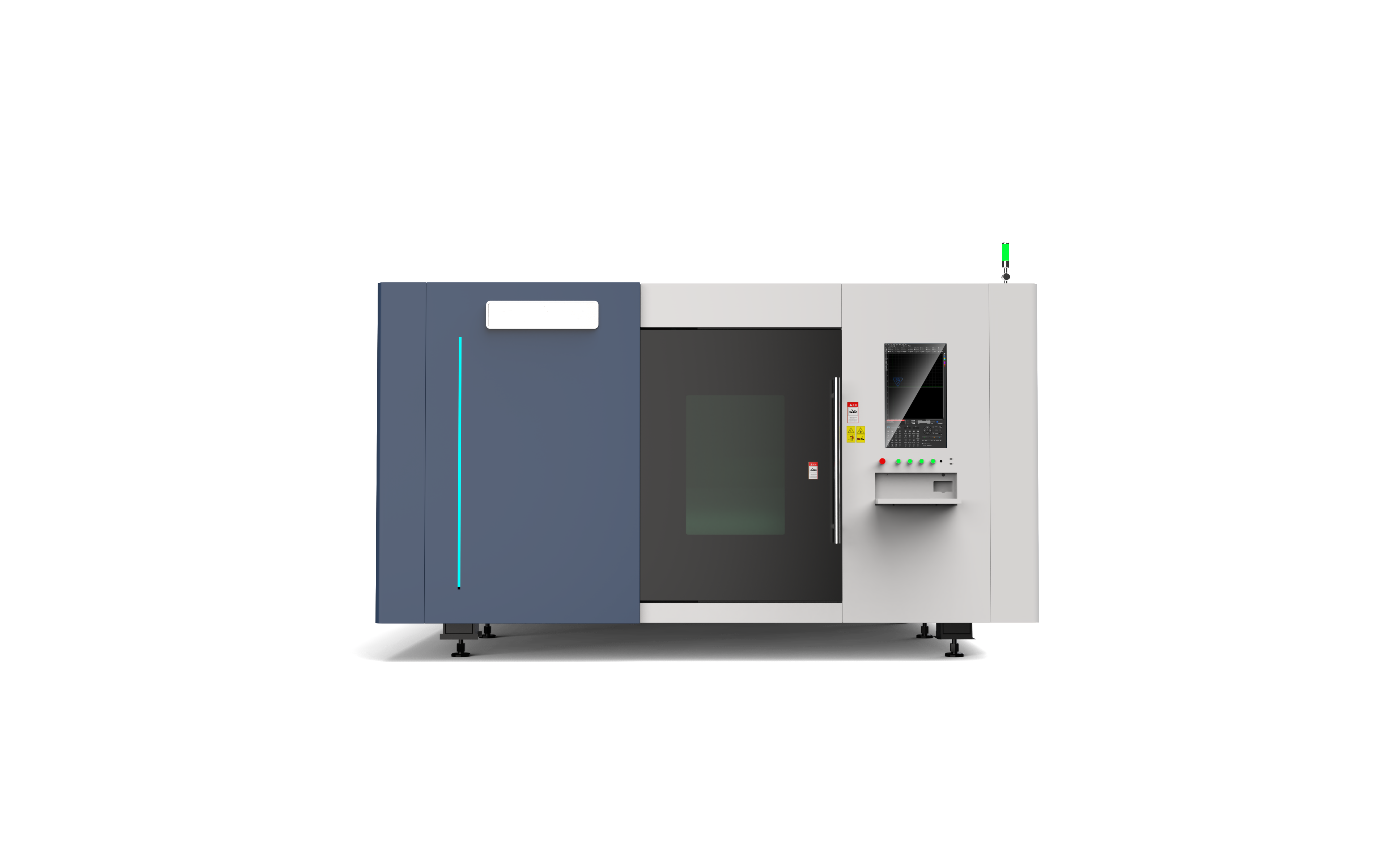
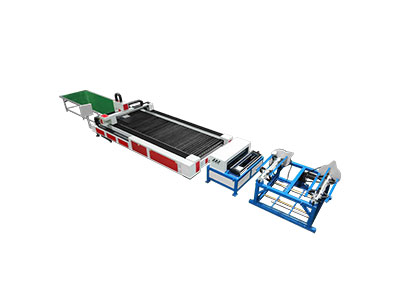
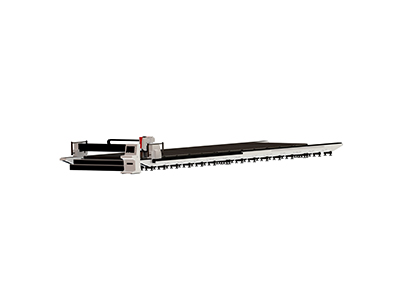
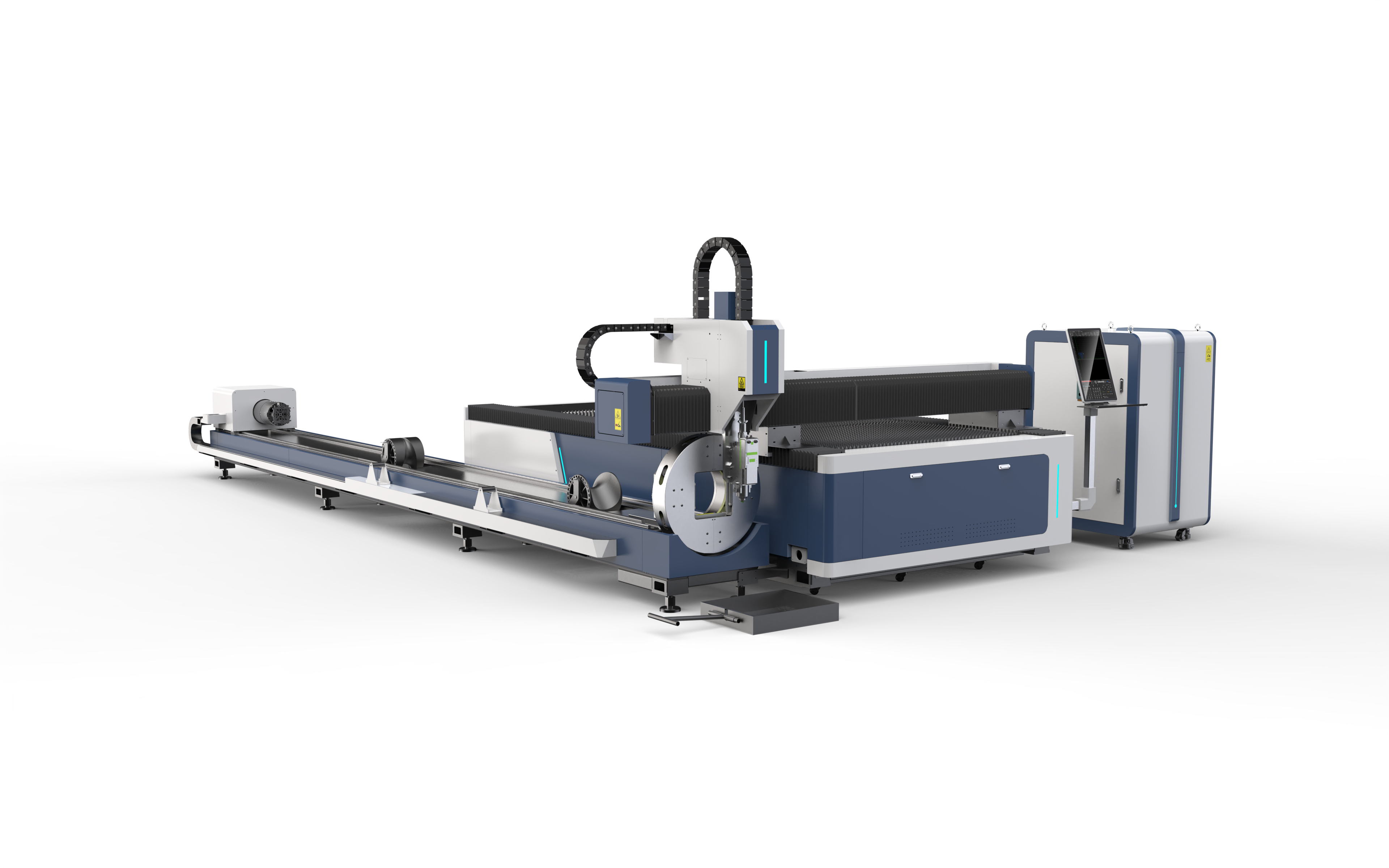
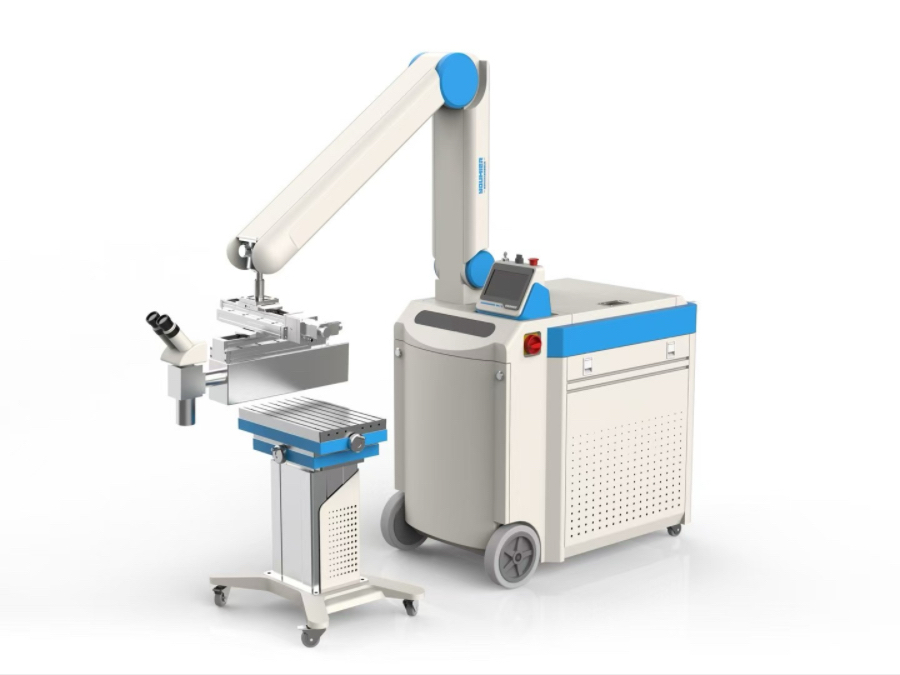
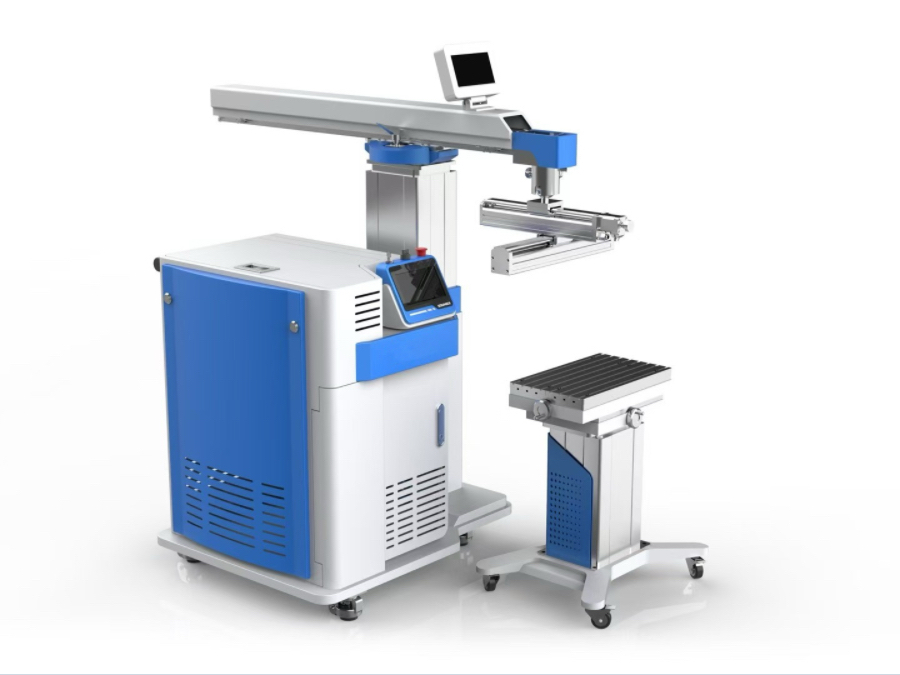
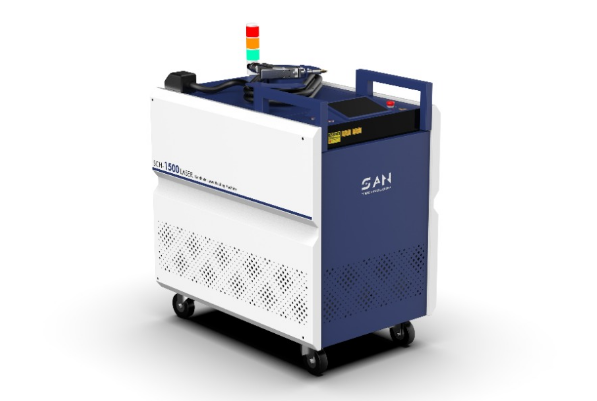
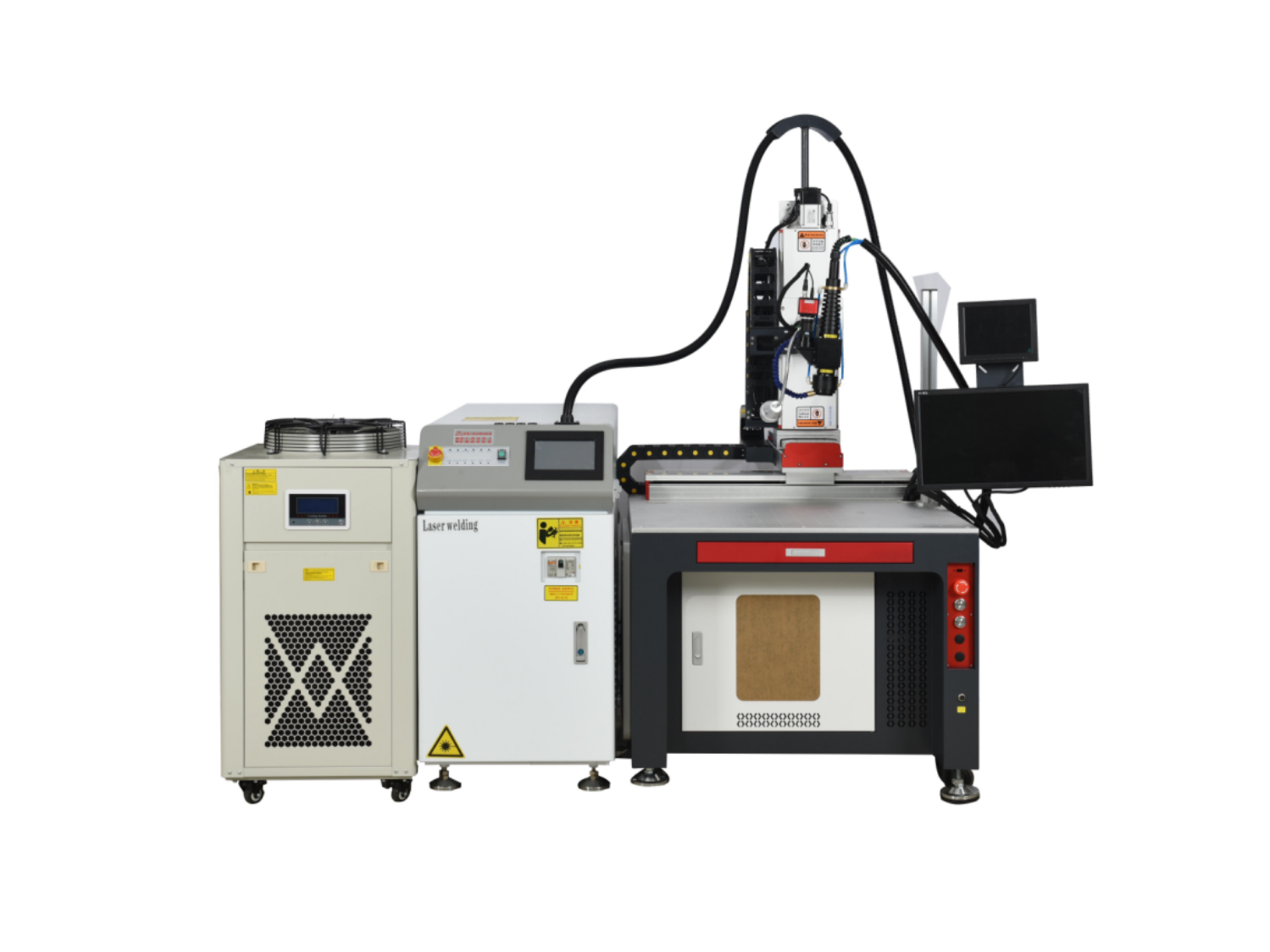
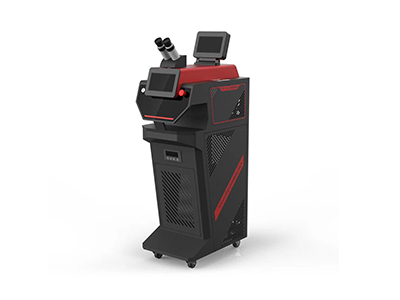

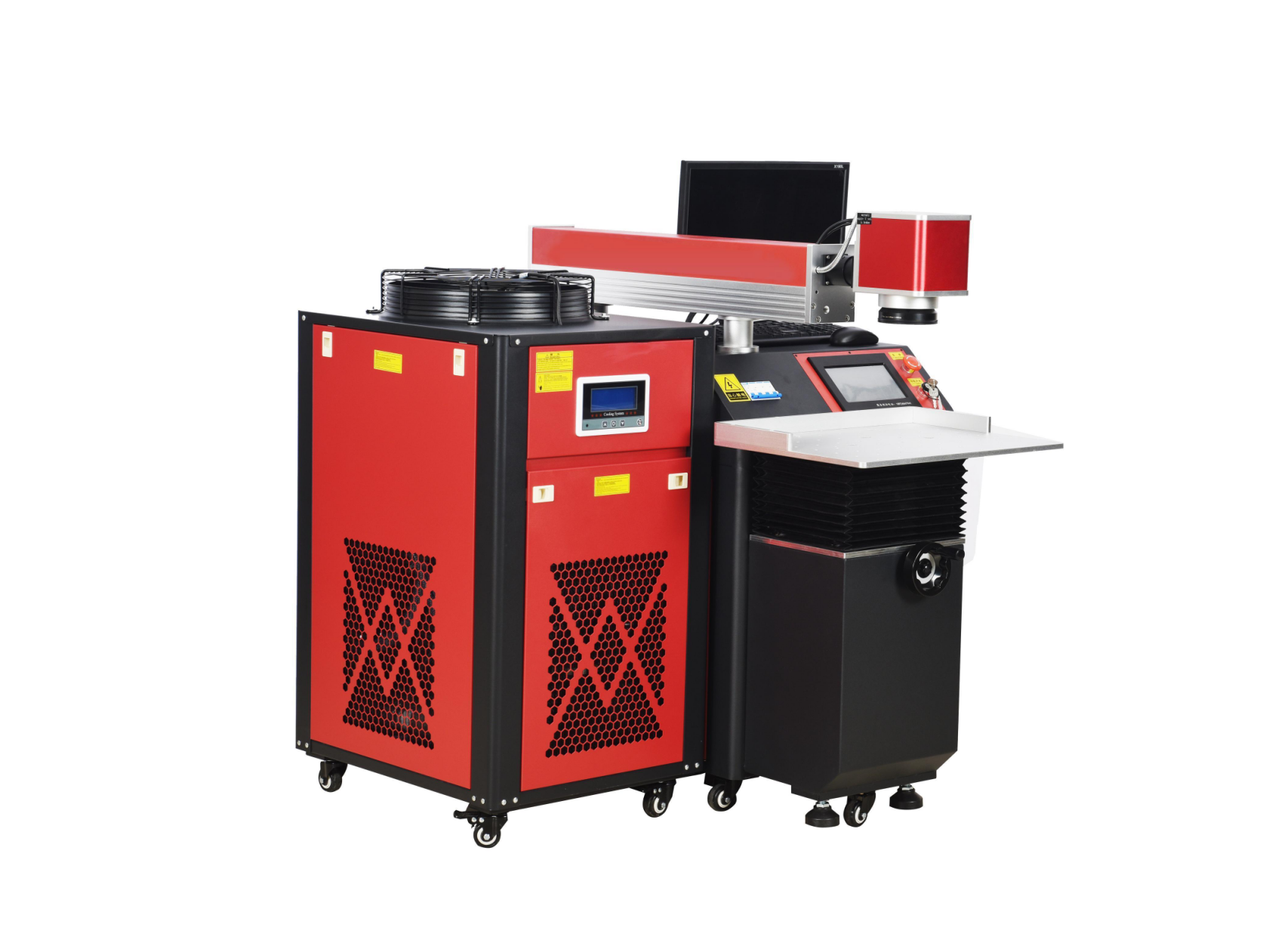
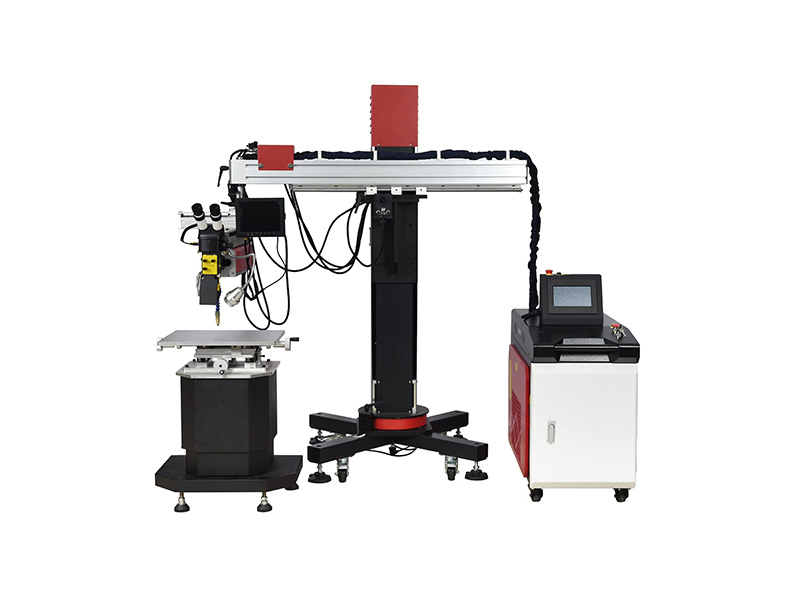
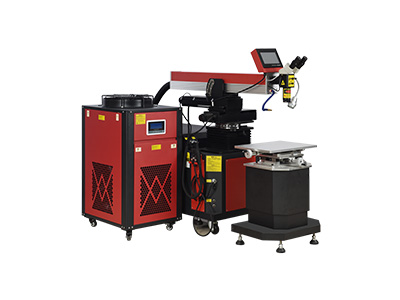
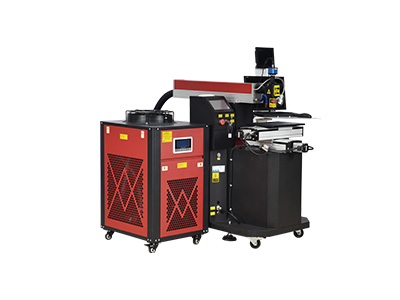
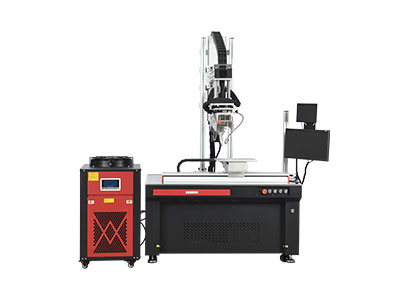
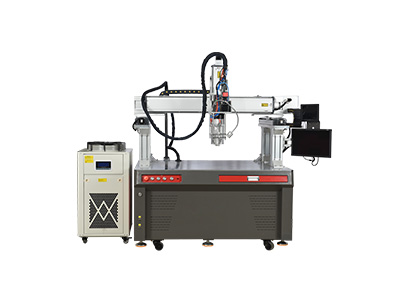
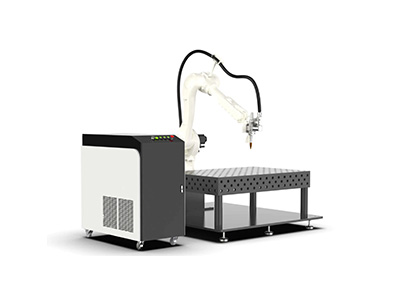
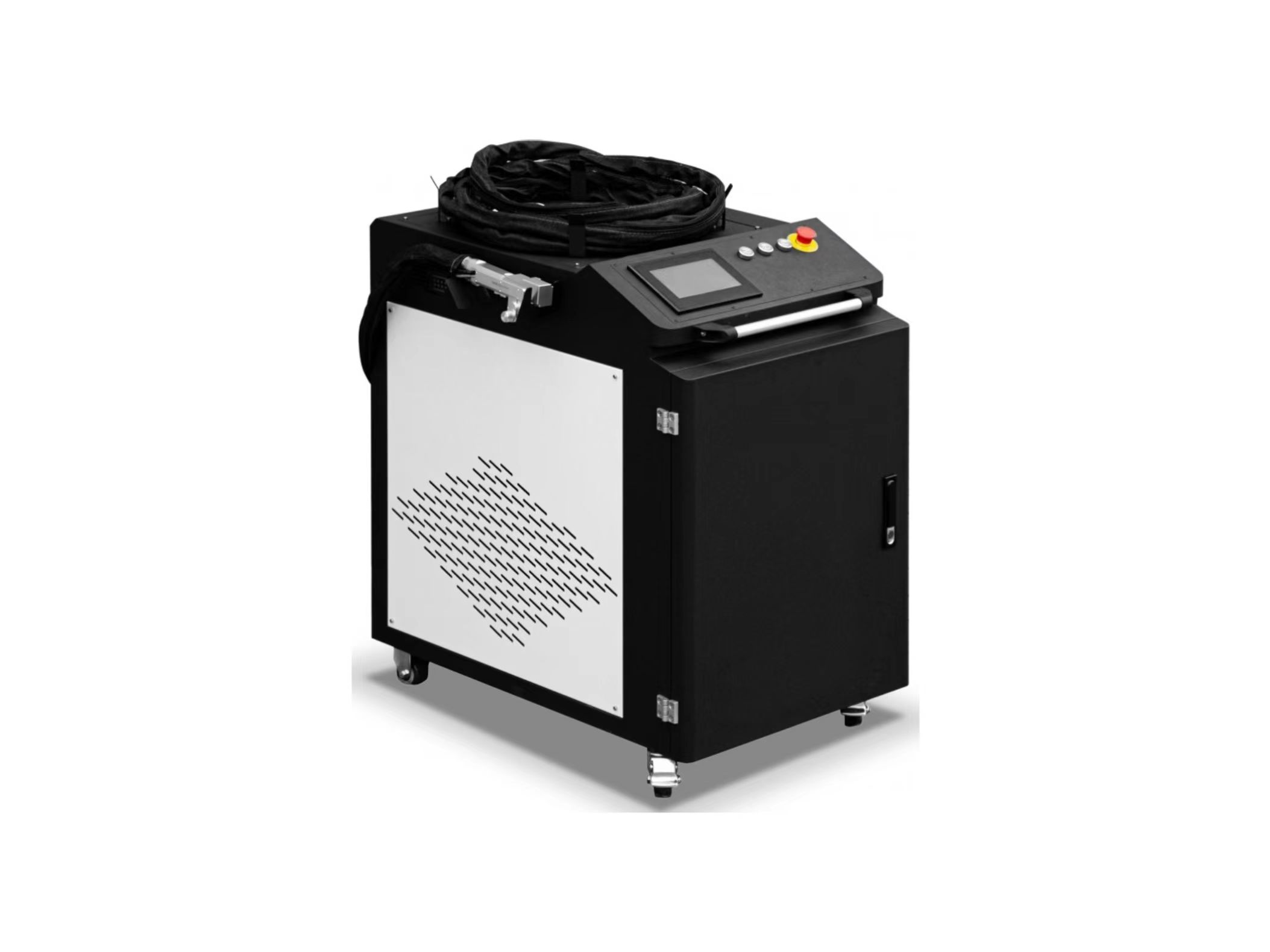
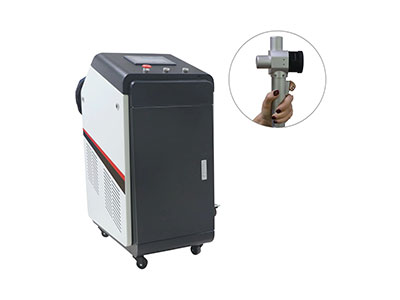
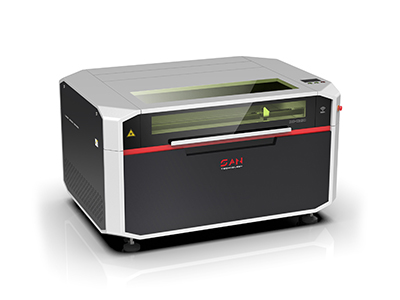
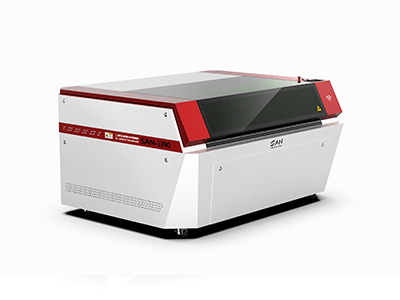
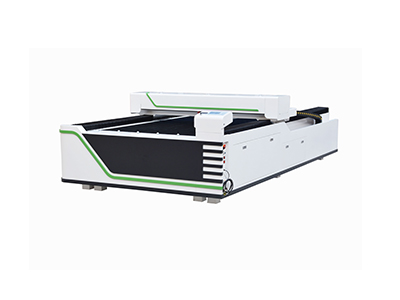
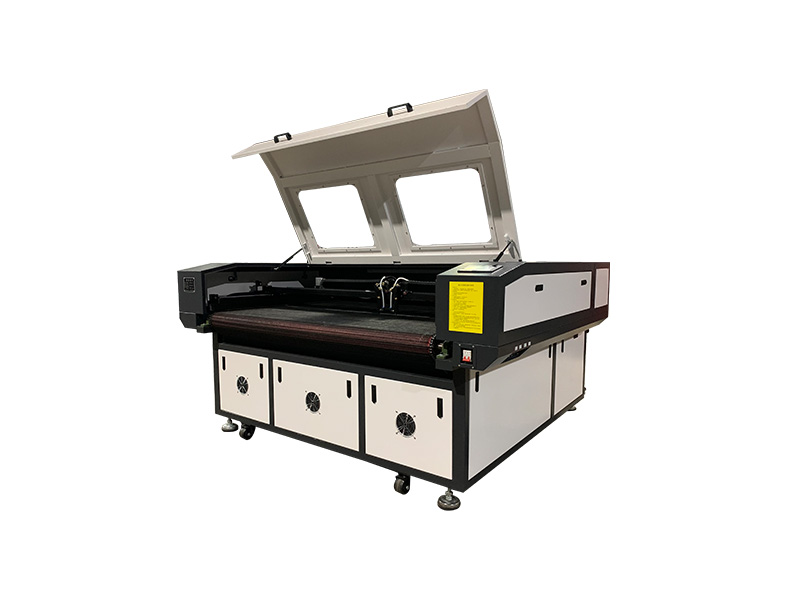
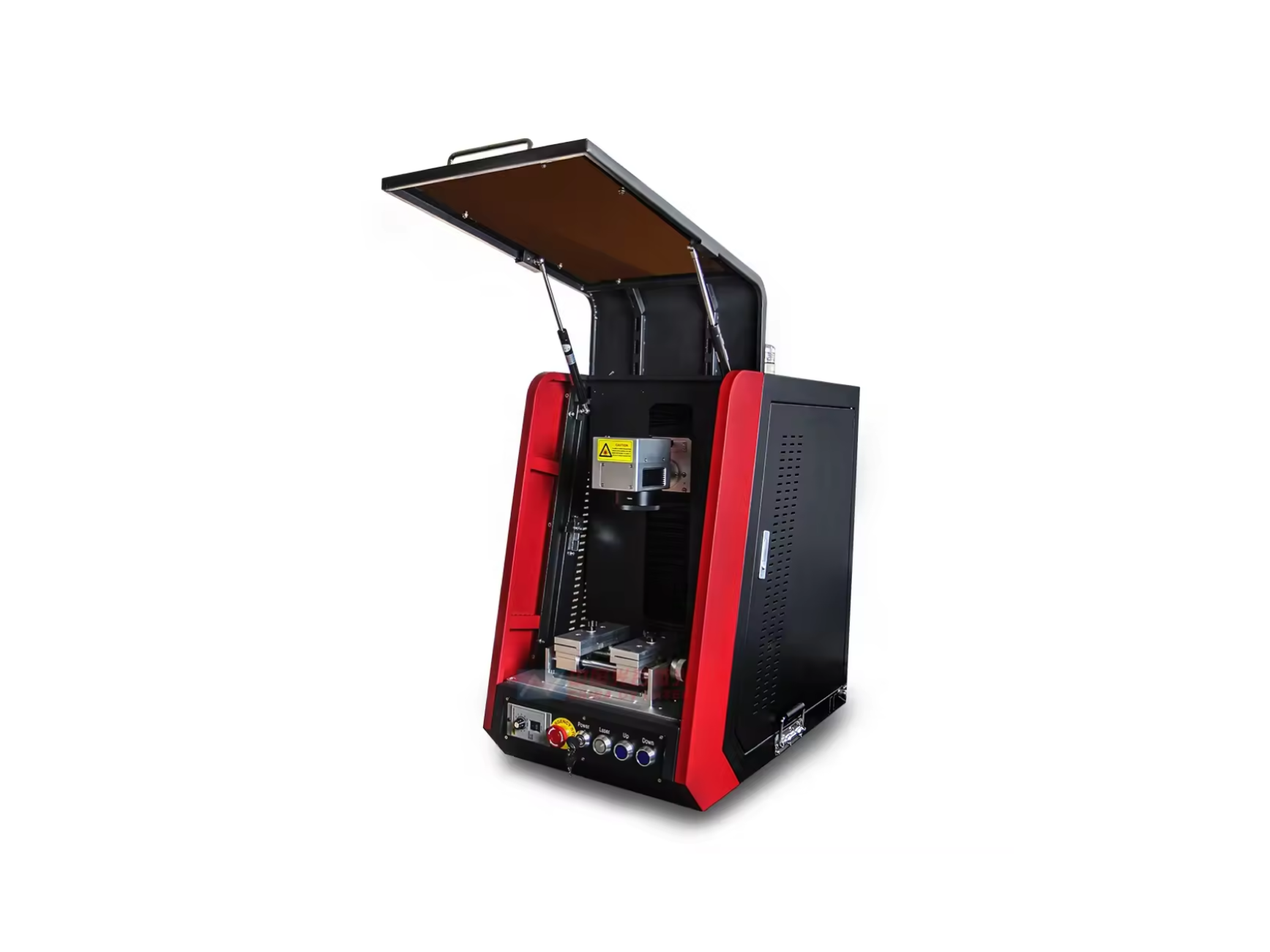
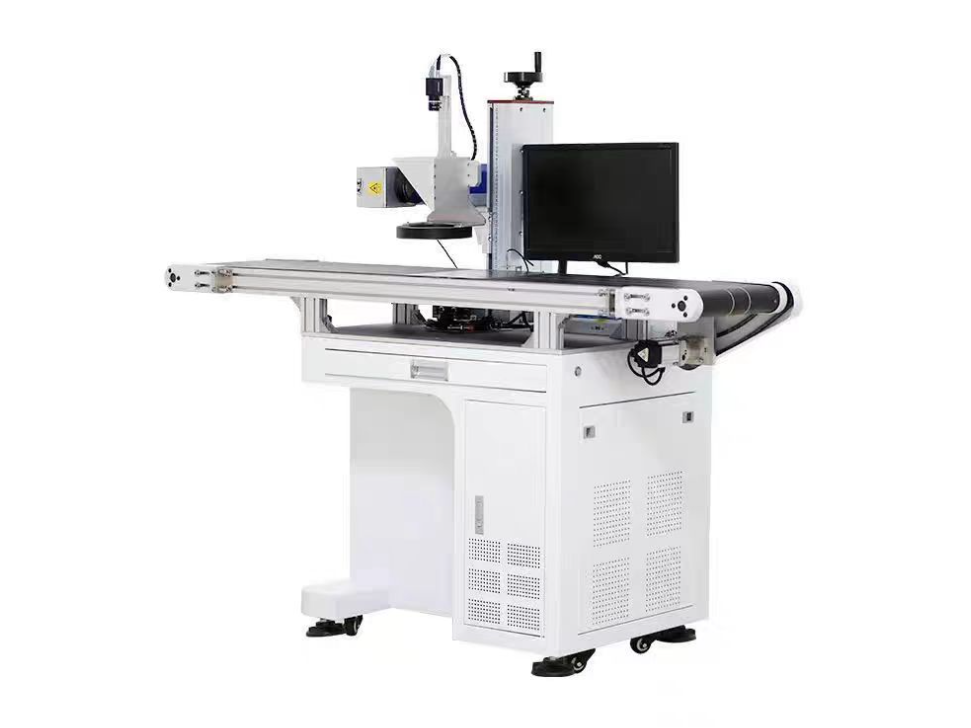
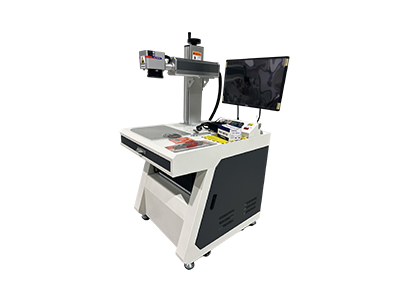
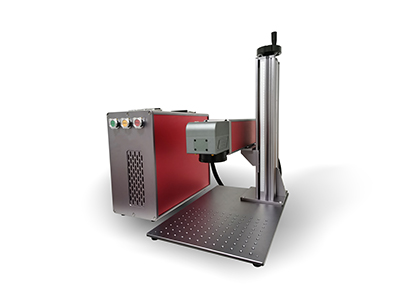
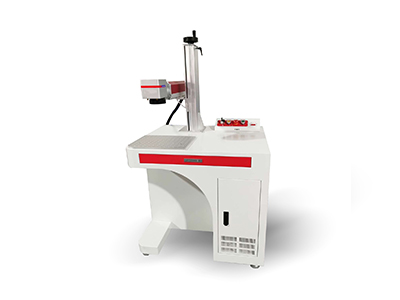
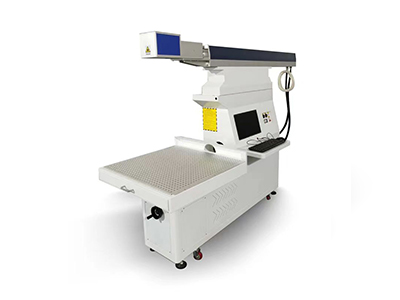
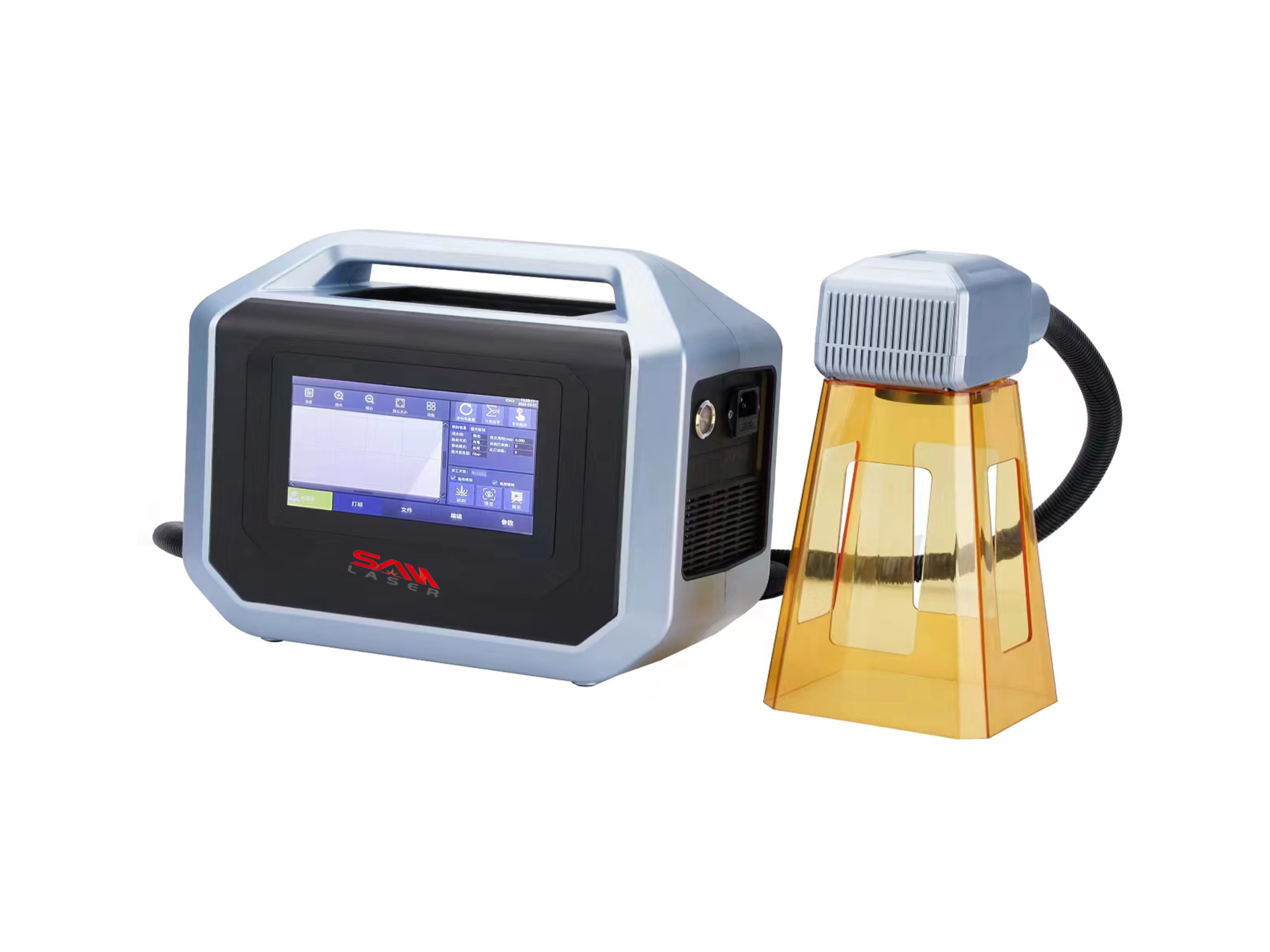
 Welder News
Welder News
